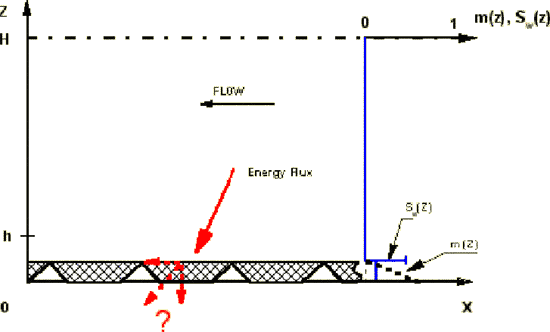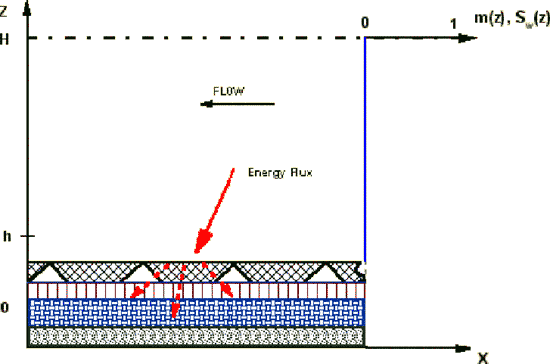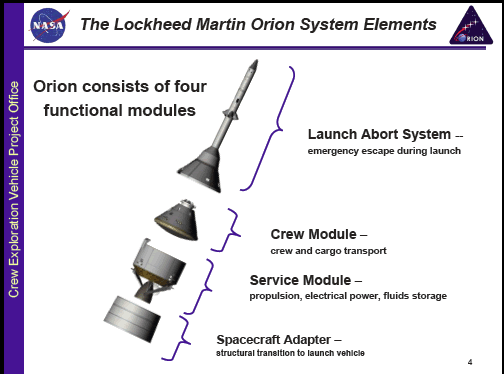
Insulating Titles (upper) layer in the High Temperature Reusable Surface Insulation for the Shuttle
Disintegration of the space shuttle "Columbia" on February 1st, 2003 might have some connection to the validity of design principles for the shuttle's Surface High Temperature Reusable Insulation (HTSI). This remark below is neither a revelation, nor a one, which is based on a specific value searching assessment.
At the same time, the problem of heat protection for reentering space modulus is the very much multiscale problem. Considering
the internal structure of each HTSI ceramic tile as a heterogeneous, being of a fibrous or laminated structure, one gets the
two (at least) scale physical model for each separate tile. The high heat resistance tile's ceramic coating
Ultramet, Inc.
can be added as another scale (third) substance to account upon. The next level of hierarchy is the tiles composed protective layer along with the few supportive functional layers beneath of the tiles layer -






And now we have the multiscale protective system. Applying the combination of homogeneous physics heat transfer problem along with the highly detailed numerical simulation won't give correct answers to many questions regarding this system's features as, for example: a) What is the durability of the system? b) What is the maximum allowable heat flux? c) What are the effects of a singular or multiple defects in the tiles layer structure, etc.
As one can observe, these and similar issues are the multiscale problems. Right now these tasks being approached with the methodologies, which partly rely on direct numerical modeling following by effective coefficient evaluation methods, partly based on experience and intuition. Here could be drawn comparison with the semiconductor chip-cooling problem, which we treat in more detail below in the sections "Heat Exchangers" and "Semiconductors Coolers." Analogy could be exercised even when we would like to stay within the brackets of two-scale VAT methodology.
September 05, 2006 - few days ago with some kind of relief we observed the news from NASA which announced about new space vehicle "Orion" to be designed -
"NASA has selected Lockheed Martin Corp. as the prime contractor to design, develop, and build Orion, America's spacecraft for a new generation of explorers."

"Going with known technology and known solutions lowers the risk" said Neil Woodward, director of the integration office in the Exploration Systems Mission Directorate at NASA Headquarters in Washington. Although Orion borrows its shape and aerodynamic performance from Apollo, the new capsule's updated computers, electronics, life support, propulsion and heat protection systems (outlined by us) represent a marked improvement..."
Interesting enough in this context we see no "heat protective tiles" so far in the proposed script design?
We hope this would mean some new heat protection re-thinking?
"The contract with Lockheed Martin has a seven-year base valued at about $3.9 billion for design, development, testing and evaluation of the new spacecraft. Production and sustaining engineering activities are contract options worth more than $4 billion through 2019."